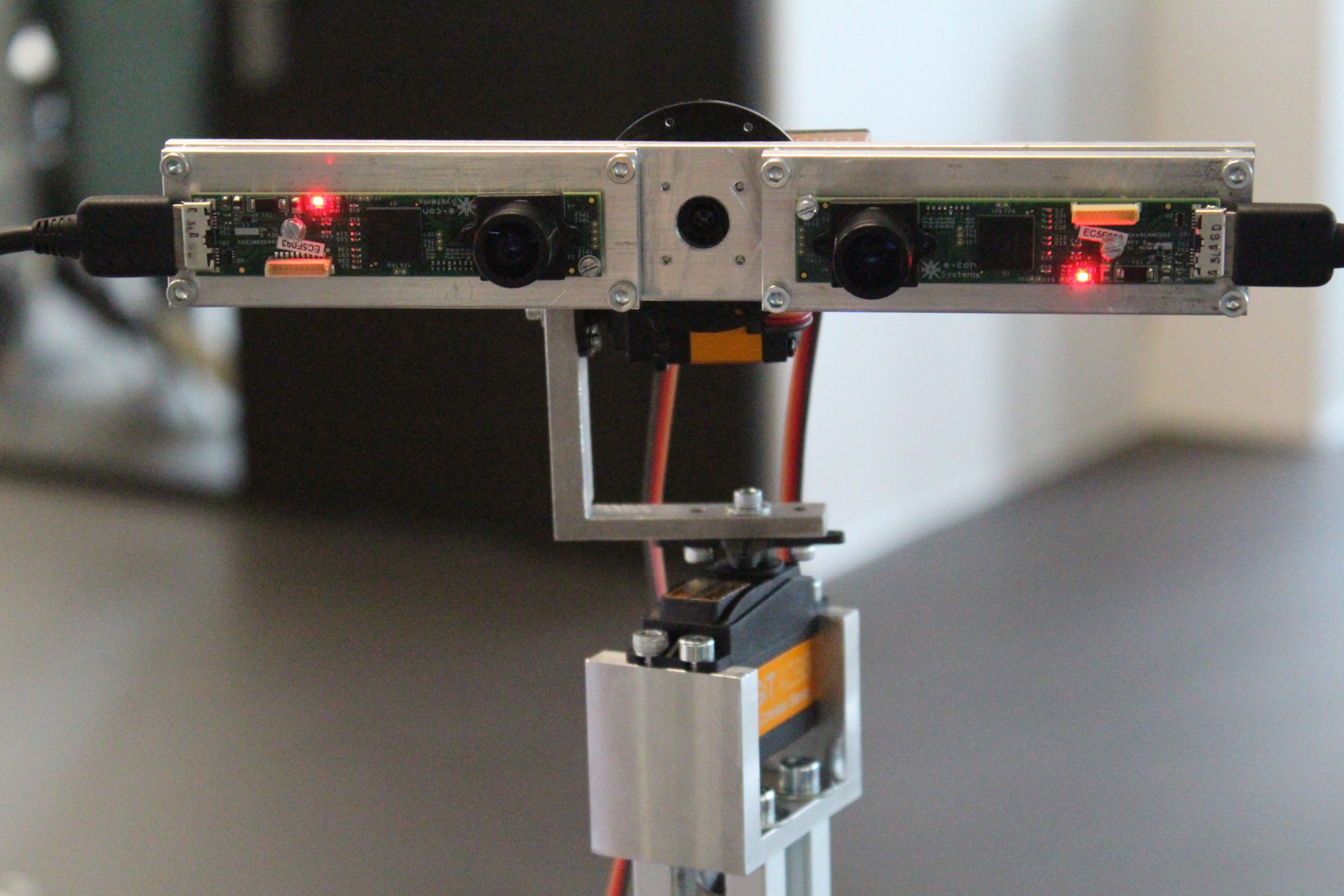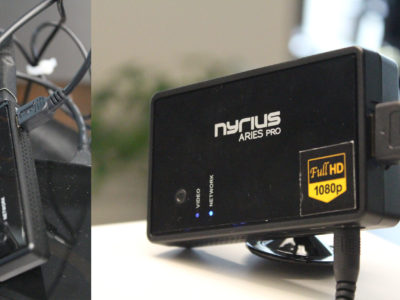Tag: 60fps
-

IRE – Stereo camera (Part 2 of 7)
—
by
In order to match the Rift specifications as closely as possible, I had some very challenging requirements for cameras: Most standard webcams, such as those made by Logitech, don’t have 60 fps. The famous PlayStation 3 Eye camera has that high frame rate, but only at 640×480 pixels. Most onboard cameras would have 60 fps,…
-

IRE – Video & audio transmission (Part 3 of 7)
—
by
How can I wirelessly transmit 1080p@60fps with short latency? That was one of my biggest questions. Most FPV systems are analog, which results in a bad image. That’s why I wanted to have a digital solution. First I thought of using Wifi, but soon I realized that it would have too much latency. Some people…